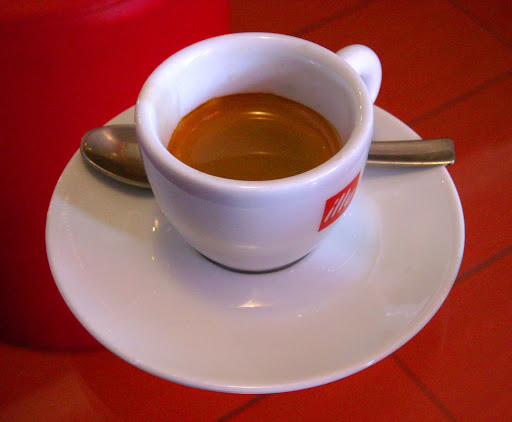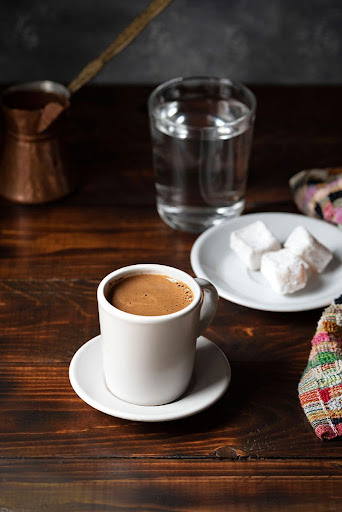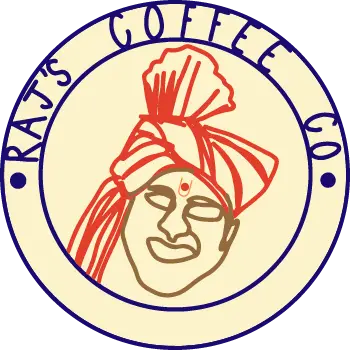The coffee plant grows well all around the world and considering that the wonderful drink we make from the beans of that plant is so addictive, there have long been people making coffee in a range of different ways. In this article, we’re going to highlight some of our favorite ways that coffee is traditionally produced around the world, talking about some delicious options that you could try in your own kitchen.
South American Short Coffees
In South America, asking for a coffee won’t get you a tall mug of black liquid, it will get you a much smaller cup of a much stronger liquid. This coffee isn’t really brewed in any particular way, but the most common way that you could compare it to is the way that cowboy coffee is made.
That is, ground coffee is added to cold water, which are stirred and boiled together over the heat for a while. This results in a very intense extraction process, leading to a delicious end result that’s exceptionally bright and flavorful. These coffees are then filtered to remove any of the grounds, and the strong liquid is served in very small portions. Typically, these portions are a little larger than espresso but smaller than a regular mug of coffee.
It’s unclear why traditional South American coffee is brewed in this way, but it does result in some tasty drinks. The flavor notes of the coffee come through very well through the high level of extraction, and the final drink is a great way to start the day off with a small, yet potent, hit of caffeine
Cortado

Cortado is a type of Coffee commonly served in Spain. In fact, the name ‘cortado’ is actually Spanish, meaning ‘short’ or ‘cut off’. The reason that the coffee has this name is that it’s another beverage typically served quite small, though it’s mellowed when compared to other options.
In the modern day, a cortado is generally a double shot of espresso finished off with an equal volume of steamed milk. The milk won’t be steamed into a thick consistency, but rather will just be warm.
The result of this is a beverage that’s quite short indeed but packs a gentle balance of different flavors into the mug. We love to see the cups of it on the counter in a cafe! It’s generally sitting in a sweet, small cup, with a beautiful cafe au lait color that is to die for.
The main benefit of drinking cortado coffee that we really love is that the milk serves to mellow out the intense flavors of the espresso, leaving you, the drinker, with a tasty cup of coffee wherein you can taste all of the flavors that you might have seen written on the side of the coffee bag. This is different from cappuccino or latte, where, a lot of the time, the intense flavor of the milk tends to reduce the coffee so much that it becomes almost dull and easily missable.
Italian Espresso

Italian espresso is a little different than the way that we might consider modern espresso to be. This is a little hard to define without getting into the specifics of espresso brewing, so we’re going to go into a couple of niche points very quickly.
In the modern world, it’s common to brew an espresso using around twenty grams of coffee in your machine. Water is pressed through that, with a common dose for that much coffee being around sixty grams of espresso. This rough 1:3 ratio is something that baristas around the world follow when they’re dialing in their espresso machines. That’s the ratio that they’ll start off with, and they’ll then increase or decrease the volume of coffee a little until the final brew tastes perfect.
Italian espresso is generally a little different, in that the same volume of espresso will typically be drawn from the machine, but with less coffee going in in the first place. This isn’t necessarily a good or bad way to do things, simply a different way.
The main positives and negatives of this are actually the same thing, though your perspective on espresso changes the way that you likely feel. Italian espresso generally has a weaker flavor profile than more modern espresso. This means that you can taste the notes of the coffee a little more clearly, but it also means that coffee can very easily be over-extracted, tasting weak and tea-like. This is a fine line to walk, but some people particularly enjoy it, while others really don’t. At the end of the day, it’s totally up to you!
Turkish Coffee

Turkish coffee is different from a range of other types of coffee in that the coffee grounds aren’t filtered out of the coffee before its served. Instead, the coffee is served with the grounds still in it!
Coffee is ground to a very fine consistency, generally around the same as that of icing sugar or confectioners’ sugar, before being boiled with water in a small metal pot. The heat is all-encompassing upon the pot and, therefore, the brew, because the pot is dunked in hot sand to achieve the heating process. This, combined with the exceptionally fine grind size, can mean that the coffee has exceptional clarity, and is served with a very strong overall flavor.
Whether or not you like Turkish coffee might depend, to a certain extent, on whether or not you like the texture that Turkish coffee has. It can be quite hard to define, but there is a certain thickness that the grounds still being in the coffee brings to each cup. If that doesn’t sound like your cup of tea (or coffee), then it may be worth giving it a miss.
Conclusion
We hope that this article has given you a new type of coffee to look into and explore. There’s a world of fascinating options out there, and we’re sure that you’d love some of them if you gave them a try. Do some research, and make a new cup of coffee soon.

